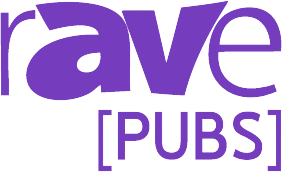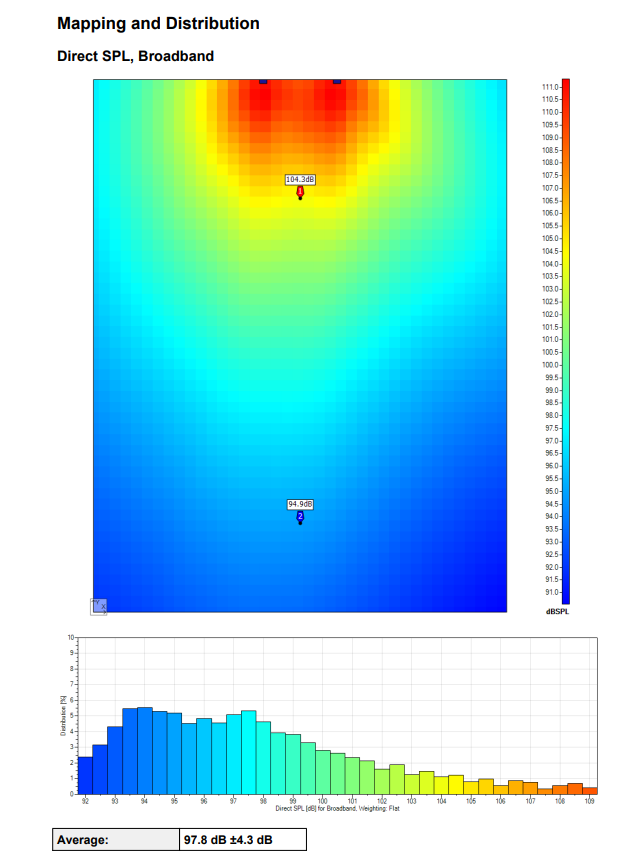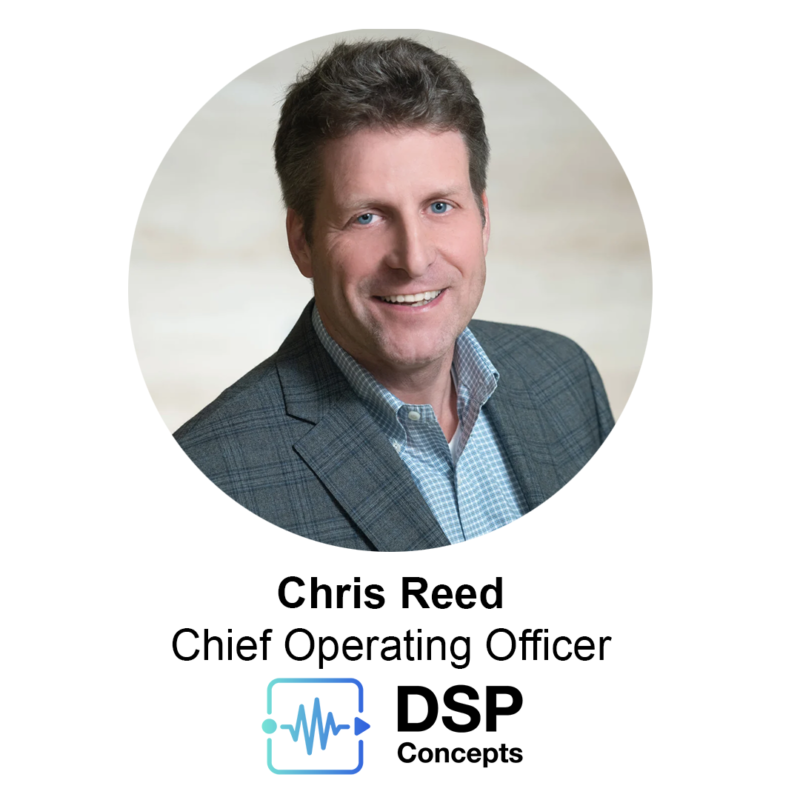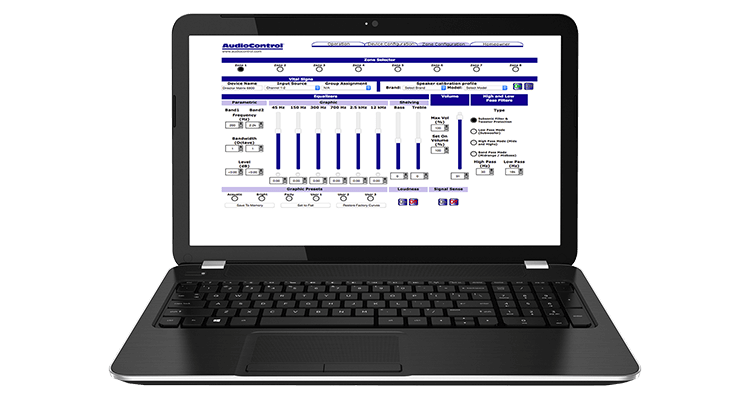First You See AV Gear… Then You Don’t
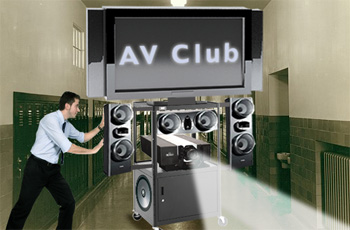 Seems like only yesterday (well, OK, more like 20 years ago!) that I inquisitively pursued replacing several equalizers in a large venue sound system with a single state of the art DSP (Digital Signal Processing) EQ. The system it was transplanted into was for speech reinforcement and music playback in an acoustically (and environmentally) challenging space — a natatorium. It was so challenging, in fact, that after just a few years of the original system being installed, atypical repair/replacements were needed. At primary fault were intermittent pots (potentiometers) on system and source equalizers, falling victim to corrosive chlorine gas. As it turned out, though, the justification for the higher cost of new DSP technology was eased with some system operational enhancements “designed in” with the repair/replacement. More on that in a bit.
Seems like only yesterday (well, OK, more like 20 years ago!) that I inquisitively pursued replacing several equalizers in a large venue sound system with a single state of the art DSP (Digital Signal Processing) EQ. The system it was transplanted into was for speech reinforcement and music playback in an acoustically (and environmentally) challenging space — a natatorium. It was so challenging, in fact, that after just a few years of the original system being installed, atypical repair/replacements were needed. At primary fault were intermittent pots (potentiometers) on system and source equalizers, falling victim to corrosive chlorine gas. As it turned out, though, the justification for the higher cost of new DSP technology was eased with some system operational enhancements “designed in” with the repair/replacement. More on that in a bit.
Even though the niche natatorium sound system was a slam-dunk application of DSP, it took quite a bit longer (a decade or so) for the technology to mature to the point that it was more prevalent in other systems supporting education. Problems with getting smooth “ramp” control of levels, A/D sampling errors and the like, not to mention cost, held back more broad adoption of the technology. Slow but steady, though, applications like videoconferencing benefited from the advancing technology until it reached a tipping point and became the conventional system design.
On the video side of AV, DSP also made significant inroads in education, but really only recently has it had similar systemic impact as it did with audio. Consider the transition of the extensive use of 35mm slides in education to digital imaging. Conventional wisdom said the replacement digital imaging technology (not just on the capture side — we’re talking end-to-end signal flow here) wasn’t quite ready to support the gap left at the time when Kodak discontinued Ektagraphic projectors, some half-dozen years ago. Since then, during a somewhat rocky transition (eased for many by new levels of access and control of said images), the digital scales also seemed to have tipped for good toward a DSP workflow and playback.
Sure, more technology advancement will continue to improve the actual end-to-end signal performance, but the larger impact may ultimately be in nuances associated with support and operations of the AV systems. For example, back in the day, good AV design encompassed using security covers (locked doors, etc.) as part of theft deterrence and to help hide “set and forget” controls from real end user’s misguided “helpful” tweaks. Furthermore, increased use of systems also dictated more F.T.E. hands-on skilled operator intervention. Could the digital domain help here also?
In the case of that natatorium system, finding a bit more durable equipment type for the application was a good repair solution. But the elegant design (and support) enhancement offered by deploying an audio controlled relay with the new digital EQ allowed for automatic (operator hands free) retrieval of response curves (and master gain levels) for “free swim” background music vs. microphone override of general announcements. Thus the larger impact was enhanced performance, with less day-to-day care and feeding required. And — icing on the cake — untrained fiddlers could no longer be enticed by rows of knobs to twist (now you see ‘em; now you don’t!).
There was some down side. Trained system operators were less pleased with the absence of familiar controls at their disposal for special event “tweaks” and lost the ability to mark reference levels next to each knob. Even the service techs (yours truly included) had some discomfort with the new system single line flow diagram where several previous boxes – functions — were now rolled into one “virtual” flow, which by the way, changed depending on what the predominate audio source was.
When you think about it, in a relatively short period of time, the way we support AV systems has also been transformed. In not too many years, racks of gear with lots of knobs, switches and some flashing lights have given way to partial racks with very few knobs, a few switches and, well, about the same number of flashing lights. In the spirit of “out of sight, out of mind,” there is danger in underestimating the overall technical complexity of the system. After all, someone needs to properly set that EQ at least once — before it is more easily forgotten as a virtual device.
No doubt, as many conventional “simplified” digital AV control panels have demonstrated, there is a lot to be said in having a good ‘ol knob to make quick trim adjustments of master volume — especially the ones we expect the real end user to access.
Just don’t let that guest presenter see you using that App on your mobile device to tweak their mic, or we’ll have a whole new set of problems to solve
 The views expressed in this column do not necessarily reflect the views of the authors’ employer(s), past or present. Greg Bronson, CTS-D, applies AV technologies in the development of innovative learning spaces for higher education. Greg spent the first 10 years of his career as AV technician and service manager, with the past 12+ years as an AV system technology manager. Bronson currently works for Cornell University and has also worked for two SUNY (State University of New York) campuses as well as a regional secondary education service depot. Bronson is the originator of concept for Infocomm’s Dashboard for Controls and has had completed projects featured in industry publications. You can reach Greg at gregthetechie@netscape.net
The views expressed in this column do not necessarily reflect the views of the authors’ employer(s), past or present. Greg Bronson, CTS-D, applies AV technologies in the development of innovative learning spaces for higher education. Greg spent the first 10 years of his career as AV technician and service manager, with the past 12+ years as an AV system technology manager. Bronson currently works for Cornell University and has also worked for two SUNY (State University of New York) campuses as well as a regional secondary education service depot. Bronson is the originator of concept for Infocomm’s Dashboard for Controls and has had completed projects featured in industry publications. You can reach Greg at gregthetechie@netscape.net

